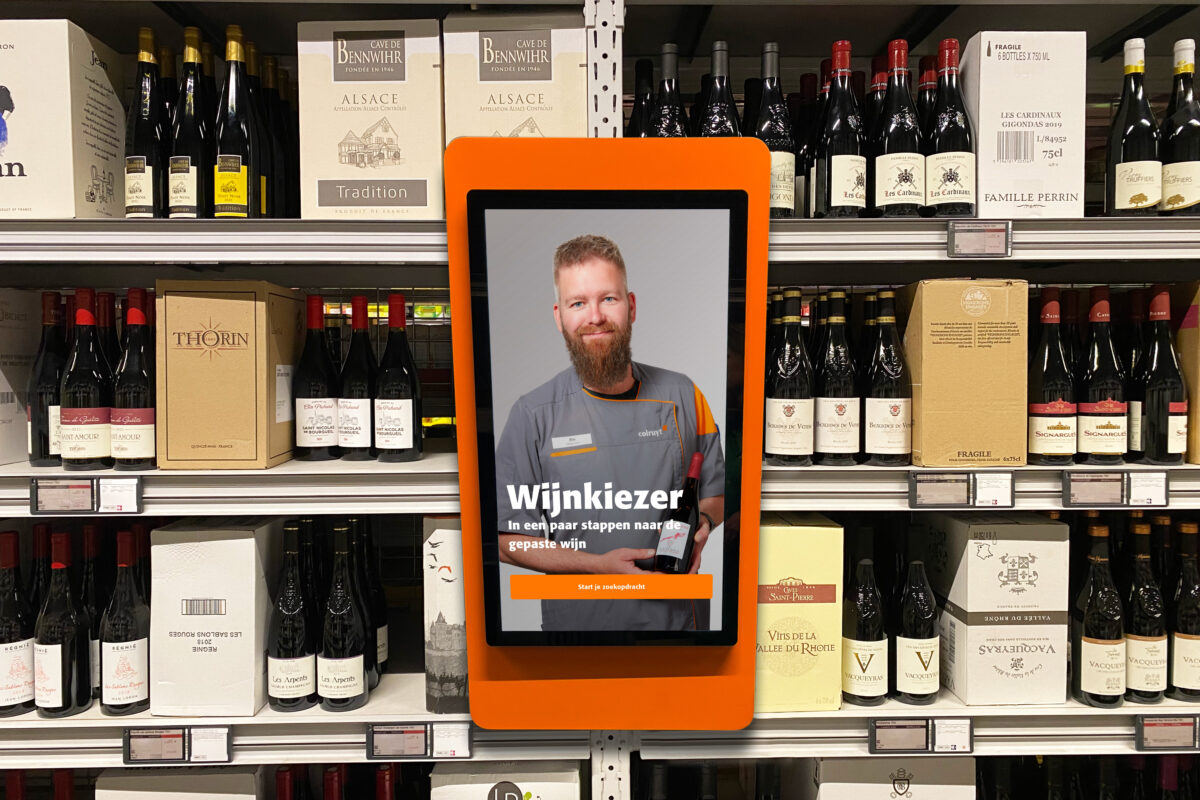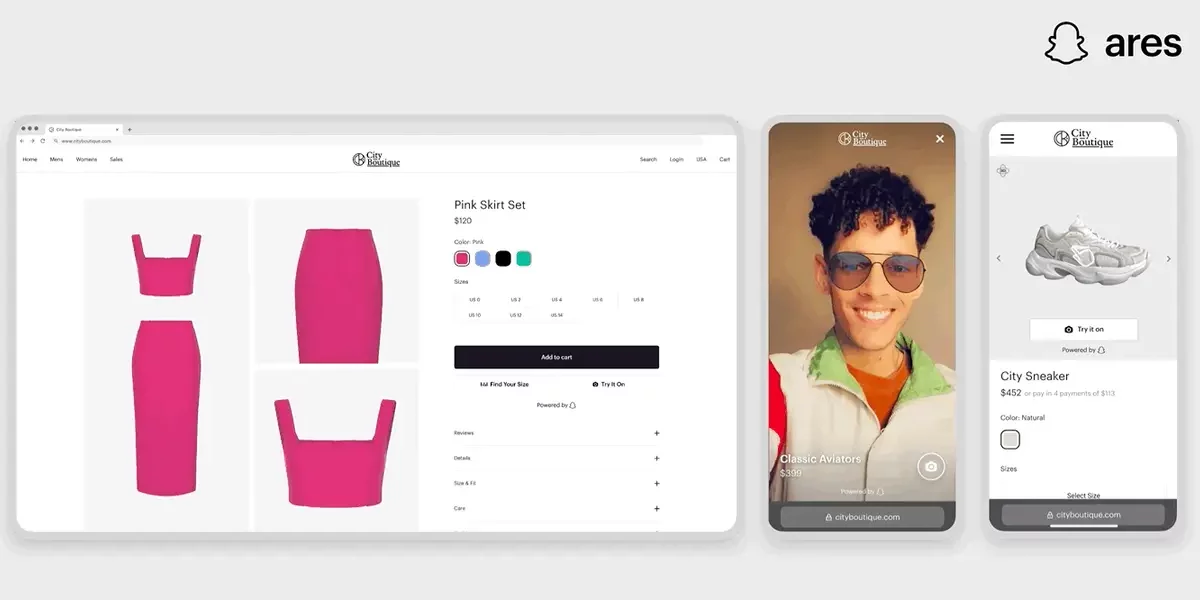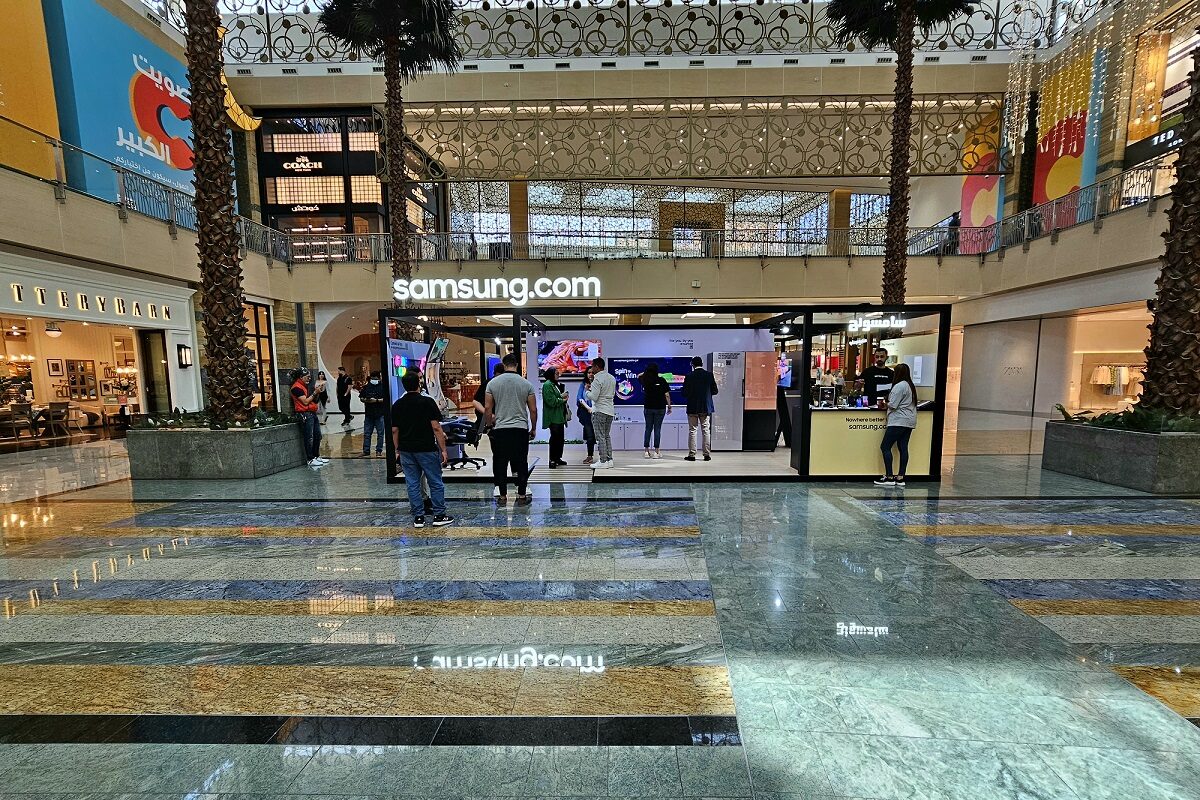The latest Chinese trend is poised to conquer the world
by Sonja Koller (exclusively for EuroShop.mag)
A young woman tries on different pairs of shoes; a situation most of us are familiar with. But what makes this particular setting unique is that tens of thousands of viewers are watching and interacting with her in real-time. “Could you show us a close-up of the sole of the shoe,” a viewer asks in the chat section and gets a nearly instant response to her request. Viewers who are interested in purchasing a showcased product can simply click on the item to put it in their shopping cart.
In China, livestream shopping has generated sales amounting to several billion euros annually in recent years, adding up to nearly 10 percent of overall e-commerce sales. The trend got a major boost from the coronavirus pandemic and its lockdown and social distancing restrictions. Countries in the Western hemisphere are gradually starting to jump on the bandwagon. But what exactly makes livestream shopping so popular and successful?
The predecessor: teleshopping (also: home shopping channels)
The concept and its allure are not exactly new to the world of shopping and are a modern twist to a familiar idea. So-called teleshopping or home shopping TV channels have been trendy since the 1970s, offering viewers a convenient way to shop from the comfort of their couch. It’s a channel that only continues to grow in popularity. Take Germany: According to the VAUNET German Media Association, teleshopping sales have doubled over the past 15 years, totaling an impressive 2.1 billion euros in 2019.

© PantherMedia / HayDmitriy
TV shopping relies on impulse purchasing activities by viewers, who are enticed by discounts, a limited product assortment, a touch of exclusiveness and limited-time offers.
Live Shopping thanks to smartphones & influencers
In contrast, TV shopping plays little to no role for younger generations. A greater part of their lives is spent on digital and mobile devices. Netflix streams your favorite shows, Amazon brings the top trends and online seminars share current knowledge. Influencers showcase their lives in photos and short videos and casually promote their “favorite products” on social media. So-called influencer marketing uses key leaders to drive a brand’s message to the larger market and is very popular worldwide. According to forecasts by Goldmedia, in the DACH region (comprises the countries Austria, Germany, and Switzerland), influencer marketing will create sales just under one billion euros in 2020. That means revenues have essentially doubled in the past three years.
But what makes influencer marketing so successful? One of its key benefits is that followers perceive influencers as relatable and authentic. Unlike actors in commercials, influencers are “real” people who followers identify with and see as friends. When influencers recommend a product, followers trust their judgment as much as a friend, who is excited about his/her latest find. That’s why trust for influencers is genuine and differs greatly from trust consumers have in a company’s marketing department.
Shoppertainment, Retailtainment & Entertainmerce
Another key to success in influencer marketing is the entertainment factor. When an attractive young woman in a bikini sits by the pool and enthusiastically touts a new hair care product and uses it on the spot, it is reminiscent of entertaining reality TV.
A livestream event underscores the relatability and entertainment factor when the host or influencer interacts and connects with viewers in real-time. The audience can ask questions, comment, or make requests via chat and are sometimes addressed by name. This creates a sense of community and belonging, making the viewer feel as if he/she is physically attending the event. Products are bought instantly. Viewers simply click on the showcased items to put them in their shopping carts.
Alibaba and the three billion dollar day

© Alibaba Group
The e-commerce platforms Alibaba and JD.com are pioneers when it comes to livestream shopping in China. The Alibaba Group runs several e-commerce platforms, including the Taobao Marketplace. Taobao is the livestreaming arm of the e-commerce giant and sells a vast variety of products, which often include brands from the U.S and Europe. In just one day last year, Taobao recorded sales of nearly $ 3 billion during the so-called Singles Day livestream shopping event held on Nov. 11 – breaking an all-time record……….for now.
On June 1, Alibaba launched a livestream shopping festival, the largest of its kind since the coronavirus outbreak. The “6.18 Shopping Festival” spans three weeks and has nearly 100,000 participating brands, including 180 luxury labels such as Cartier, Chanel, Burberry, and Montblanc. The event also embraces new technologies such as augmented reality.
Go west
Livestream shopping platforms are also on the rise in the U.S. and in Europe. Alibaba uses Aliexpress in an attempt to gain a global foothold. Since last year, Amazon (Amazon Live) and Facebook have joined the livestreaming bandwagon in several countries.
Livestream shopping has also soared in Europe and America in the wake of the coronavirus pandemic. Several retailers took the chance to showcase their products to their customers via live streaming. German fashion brand Orsay created its first livestream event in May. The same month, fashion designer Tommy Hilfiger likewise launched an event to unveil its wares to viewers. However, the West still has a long way to go before it catches up with the boom and conversion rates in China.




















